Arthritis Is A Chronic Condition.
As we age, living with chronic conditions like arthritis becomes increasingly challenging. The skills of good occupational and physical therapists are especially helpful to older patients because their work is very client-centered. They can help maximize the older patient’s abilities and promote independence in self-care and family and community activities. There are several types of arthritis.
Osteoarthritis (OA). OA develops when the cartilage that pads the joints begins to wear away. Bones rub against each other causing pain and stiffness. OA most often occurs in the hands, neck, lower back, or the large weight-bearing joints of your body, such as knees and hips.
Rheumatoid arthritis (RA) is an autoimmune disease, a type of illness that causes the body attack itself. RA causes pain, swelling, and stiffness in just one joint, or many different joints at the same time. Pain can last for hours and is sometimes accompanied by fatigue and fever. RA can also cause problems with the heart, muscles, blood vessels, nervous system, and eyes.
Gout is a very painful kind of arthritis. It most often happens in the big toe, but other joints can also be affected. Swelling may cause the skin to pull tightly around the joint and make the area red or purple and very tender. Gout is caused by too much uric acid in the blood. Too much uric acid forms hard crystals in the joints which causes pain.
Arthritis Pain – YOU CAN MANAGE IT!
As with any chronic condition, the arthritis patient should get enough rest, exercise right, eat a healthy, well-balanced diet and learn the right way to use and protect your joints.
During the day, if you’ve been sitting, adjust your position frequently. Periodically tilt your neck from side to side. Bend and stretch your legs. Pace yourself. Take breaks so that you don’t over-use a single joint and cause more pain. Stand up and walk around every 30 minutes.
Proper shoes and a cane can help. Have the cane fitted by a professional. Don’t borrow one from a friend or neighbor. Gadgets help open jars and bottles and turn doorknobs. Try a heating pad or cold pack, soaking in a warm bath or swimming. Try gentle exercise in the evening and you will feel less stiff in the morning.
Day-By-Day
Occupational Therapy Can Help
People living with arthritis often have trouble with day-to-day activities. Occupational therapy teaches people how to work within their limitations so they can live as independently as possible.
Occupational therapists help the arthritis patient increase or preserve mobility. That way people can perform daily living activities such as self-care, home management, leisure and social participation without pain. Common interventions include the use of:
- Pain modalities like heat or cold
- Management of swelling and inflammation such as limb elevation, compression garments, exercise and splinting
- Activities and exercises to promote gross and fine motor skills, range of motion, endurance and strength
- Custom or pre-fabricated orthotic devices
- Training in joint protection/energy conservation techniques including adaptive and assistive devices and modified daily routines to promote adequate rest and avoid joint overuse.
- At-home ergonomic assessment and activity modifications
- Occupational therapists are also trained to help with the emotional stress of living with the chronic pain of arthritis. They can help with stress management, relaxation techniques and nutrition advice.
Easy Does It
Physical Therapy Help
Physical therapy may help ease arthritis symptoms, reduce the need for pain medication and even delay or negate the need for surgery. Physical therapy for arthritis may include exercises to improve joint mobility and tips on posture and movement that can help a person work around pain and avoid injuries.
People with pain often move around in ways that exacerbate the pain or add to the injury. A physical therapist can help a person work around pain or injury. The therapist can teach a person how to use a walker to avoid stooping or improve posture that may be causing pain.
Physical therapy can strengthen muscles and provide greater support for joints, thus easing pain. Pain is often worsened by a sedentary lifestyle. Physical therapy can teach people how to move, gain strength and improve mobility which will lessen pain.
These kinds of physical therapy can help with arthritis pain. They include:
- Manipulation: A physical therapist moves the affected joint or surrounding area and may massage inflamed tissue.
- Exercise therapy: A physical therapist gives specific exercises to overcome muscle weaknesses or work around injuries.
- Orthotic support: A therapist recommends specific devices to make movement easier.
- Post-surgical physical therapy: A therapist helps a person regain functioning after surgery.
Before starting any exercise program, check with your doctor first. You might also want to talk with a physical therapist. AW Health Care has therapists on staff to help people develop an effective exercise program designed for individual needs. (314) 330-7992
Smart Moves
If you have osteoarthritis (OA), you may be thinking that exercise would harm your joints and cause more pain. This is not true. Research has shown that people can and should exercise when they have osteoarthritis. Exercise is the best and most effective non-drug treatment for pain reduction and improved mobility. People with osteoarthritis can benefit particularly from walking and aquatic (water) exercises. Your joints will feel better after a good walk. Walking also improves circulation which wards off heart disease, lowers blood pressure and strengthens the heart. Walking also increases muscle tone and lowers the risk of bone fractures by slowing the loss of bone mass.
Exercise will help you improve your health and fitness without hurting your joints. Along with your current arthritis treatment program, exercise can:
- Strengthen the muscles around your joints
- Help you maintain bone strength
- Give you more strength and energy to get through the day
- Make it easier to get a good night’s sleep
- Help you control your weight
- Make you feel better about yourself and improve your sense of well-being
Know Your Exercises
Range of motion exercises allow your joints to go through the full motion they are designed to achieve. These include gentle stretching. Done regularly, range of motion exercise help with joint flexibility.
Aerobic, or endurance exercises strengthen the heart and lungs. These include walking, jogging, bicycling, swimming and using the elliptical machine. Aerobic exercises reduce fatigue, build stamina and burn calories to help with weight control.
Strengthening exercises improve muscle strength and are necessary for good joint support. Examples are weight training, using resistance bands and walking up hills
Aquatic exercise is helpful for people just beginning to exercise, as well as those who are overweight. Aquatic exercise is performed in water about shoulder height. The water takes the pressure of body weight off the hips and knees in particular, while providing resistance for the muscles. Aquatic exercise relieves pain and improves daily function.
What About Weight Training?
If you are coping with OA, you might be wondering if weight training is OK and how to get started. The best course is to seek the help of a physical therapist. You may be advised to try limited 20- to 30-minute sessions twice weekly. Your therapist may have you start with a pair of light hand weights (2 to 3 pounds for women and 5 to 8 pounds for men) and just a few repetitions that will work major muscle groups. Let your therapist advise you. You will see results!
Natural Effective Therapy for Arthritis
Get more information on massage, acupuncture, yoga and tai chi as well as mind/body pain relief through creative visualization on the Arthritis Foundation website: www.arthritis.org
Spring Has Sprung
Let’s get into the season!
When the April showers appear, you can stay indoors and exercise your brain. Do a crossword puzzle, read a book, play cards or bingo, join with other and play a board game or make a phone call to a friend or family member. You might want to learn something new. Watch a video and learn some yoga, start a craft project or puzzle, watch an old movie or try some genealogy research.
Colorful birds appear as the weather warms. Put out a bird feeder and do some birdwatching.
Take a walk outside and get some fresh air and sunshine. If you are not too mobile, just do some sitting outside in the sunshine. Be sure to dress wisely. You might need a light jacket or hat and scarf.
Plan a time when the sun is shining to eat a picnic lunch outdoors. Invite a friend to join you.
This is planting season. Get a few seed packets, start a small container garden and watch it grow.
Go on a field trip to a local farmer’s market. Stroll through and shop fresh produce and flowers.
Spring Cleaning
- This is a good time of year to clean out the clutter around your home. After the winter, clutter may have accumulated. It’s good exercise to get up and do a few small clean-up jobs. Here are a few tips to make spring cleanup a breeze:
- Just work in small chunks of time. Don’t try to do everything all at once. Some clean-up jobs can be overwhelming and are best accomplished over several days or even weeks. Don’t rush it.
- Make your de-cluttering a priority. Have you been tossing items in a closet, under the bed or in the corner of a spare room? Now is a good time to tackle the clutter. You will be glad you did because clutter can cause stress and become a fall risk.
- If you have heavy items to move, get help. Do not try to lift heavy items yourself. You could risk injury. If there is no family member available, call a professional. It will be worth it.
Check your medicine cabinets. The National Prescription Drug Take Back Day is April 22, 2023. Clear out all expired medicines, both prescription and over-the-counter medicines. To find a drug take-back collection site near you call the DEA Diversion Control Division Registration Call Center at 1-800-882-9539, or you can check with your pharmacist.
If you cannot manage your household chores, call AW Health Care. Our caregivers are wonderful at light housekeeping and can help you organize your pantry, read your mail, and prepare for Passover or Easter. We are experts at senior care. Call Us! (314) 330-7992


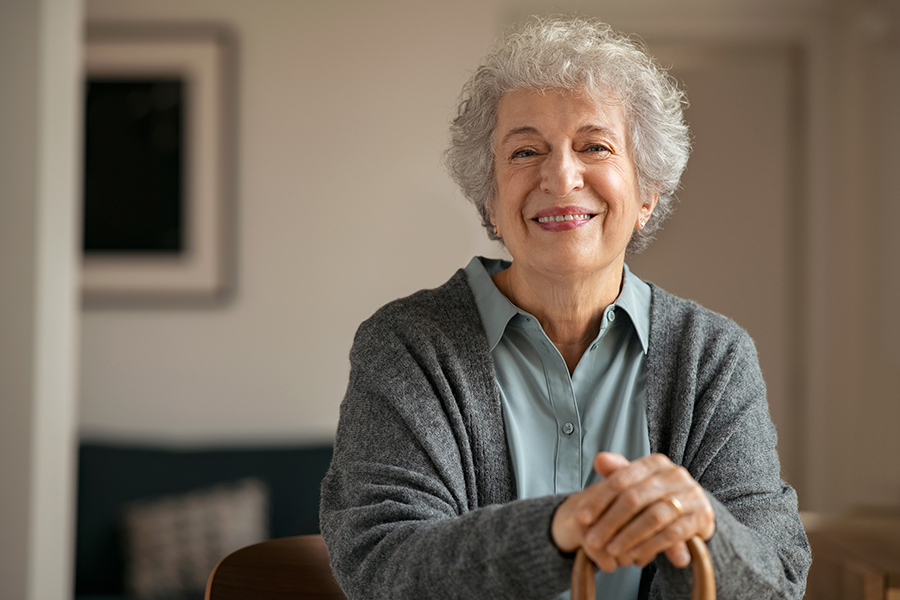
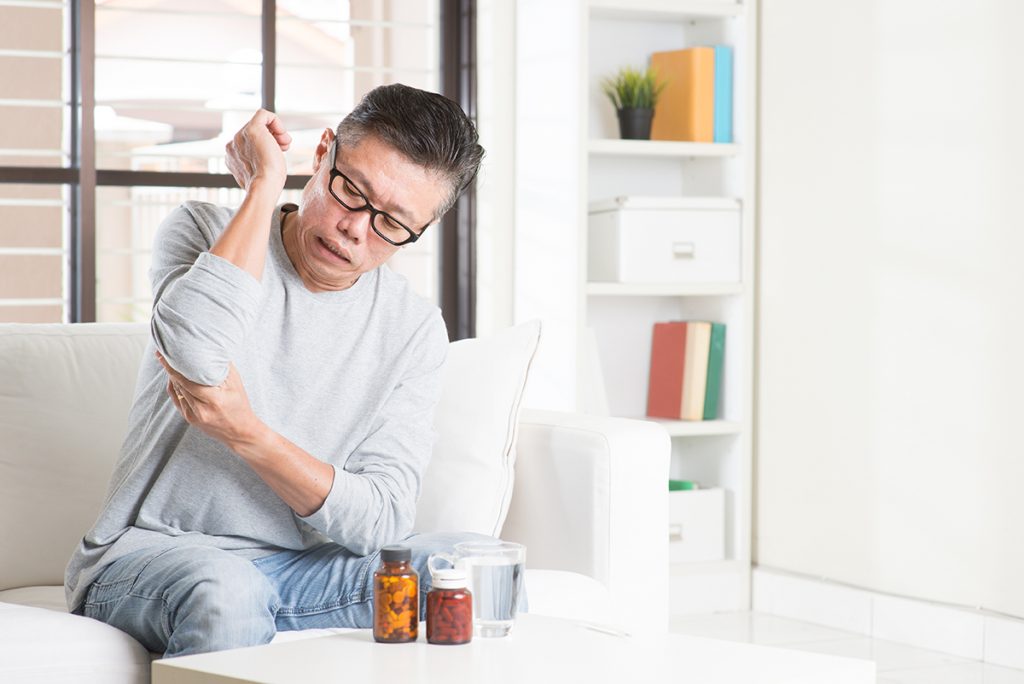
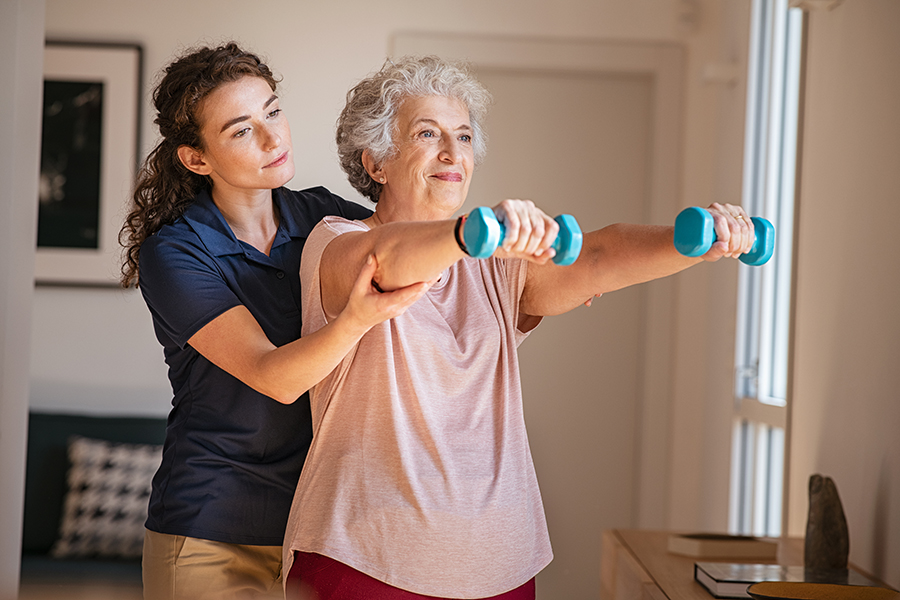
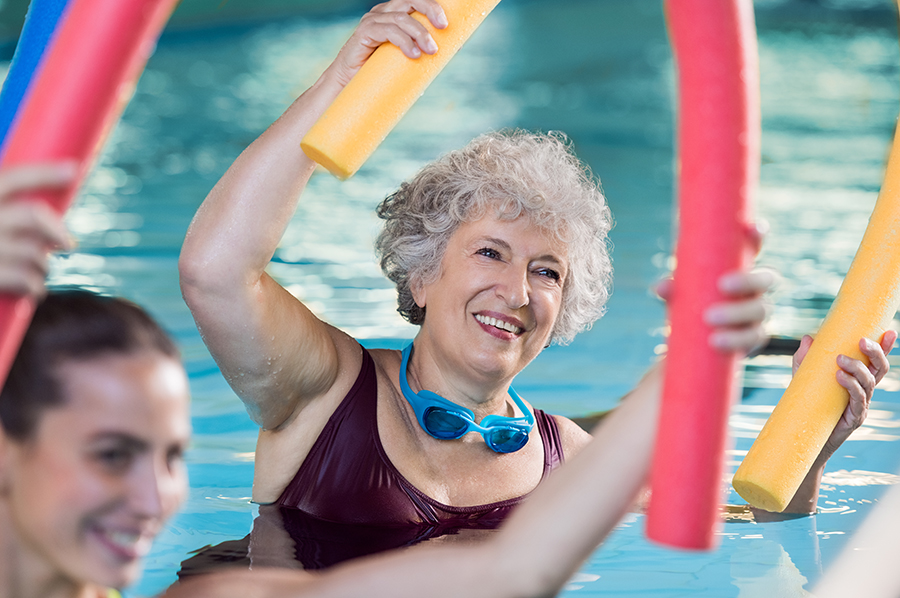
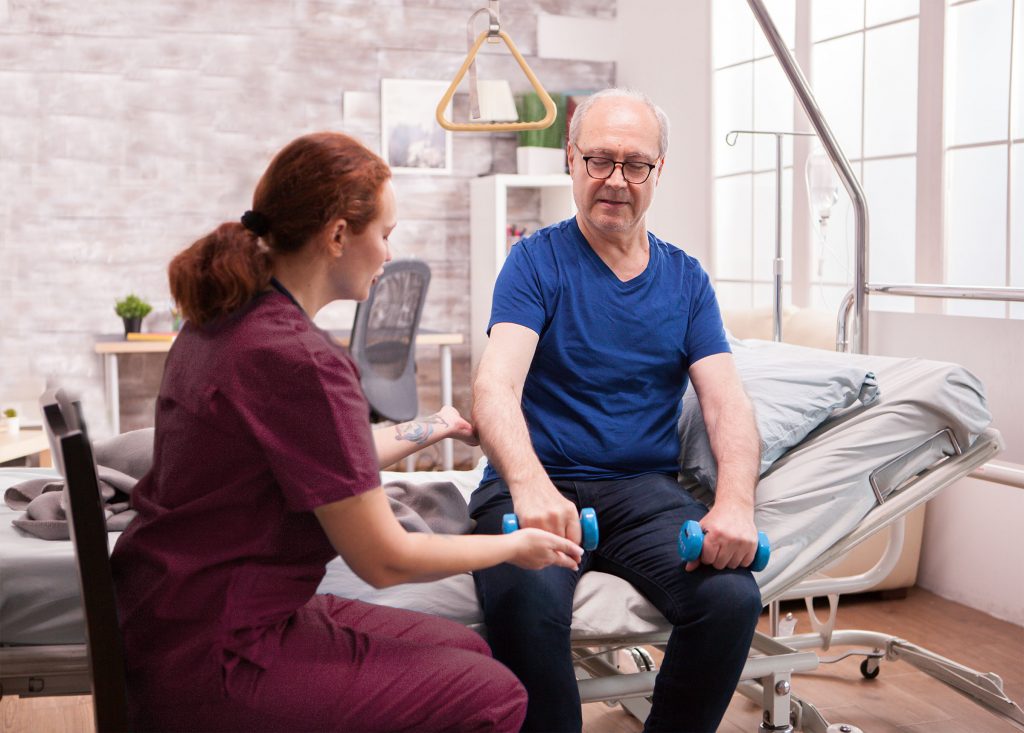



Comments are closed.